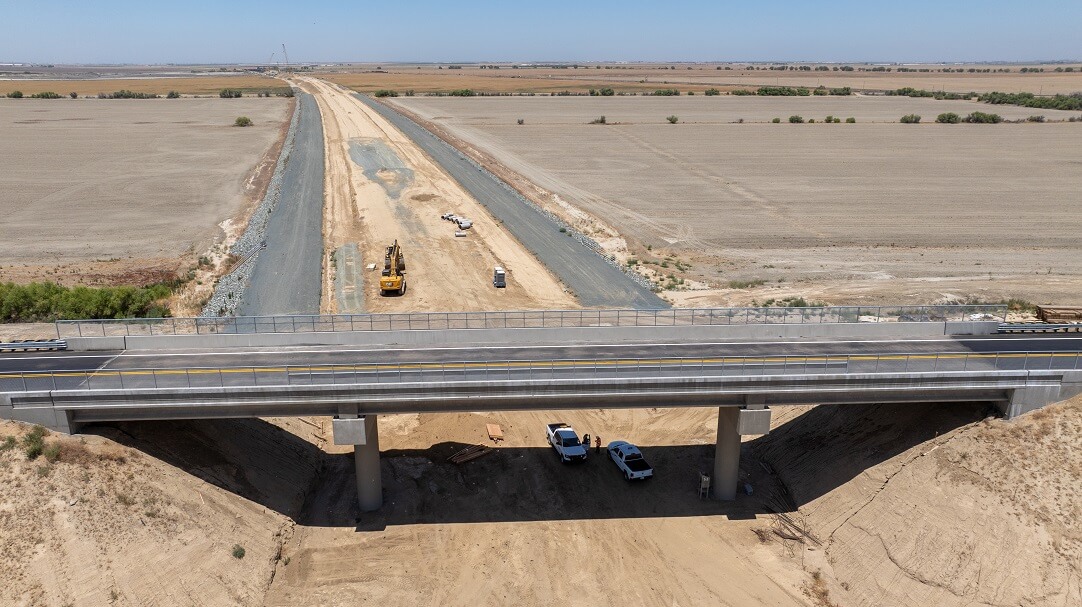
Rarely would one describe sprawl as beautiful, but photographer Christoph Gielen managed to find some of the more incredible developments in the country and depict them in aerial photographs as a testament to the land use patterns he finds so distinctively and disturbingly American.
Gielen, born in Germany and living in New York City since 1982, laments both America's obsession with automobiles and the environmental impact that obsession has had in constructing some of our cities.
"You have a terrific disconnect between place of work, place of living, place of shopping, a disconnect that manifested itself in the landscape," said Gielen. "It was initially horrifying to me when I got here to spend two hours in a car to get from point A to point B."
Gielen said his work is meant to provoke a discussion around the environmental impact of sprawl and he hopes it "triggers the reconsideration" of the trend. "I'm hoping to connect art with environmental awareness, so people contemplate what is sustainable and what is not."
Gielen's process for selecting the subject cities started by analyzing foreclosure statistics and areas with the highest rates of defaulted loans. He then studied satellite images of those cities, primarily in Florida, Arizona and Nevada, and then visited the areas in a car, sometimes even posing as a prospective buyer to get tours of the properties with real estate agents. After deciding on the developments he wanted to shoot, he would hire a helicopter to get the aerial perspective he sought. In several cases, he stumbled upon sprawl that wasn't yet on a map or in satellite images.
Gielen's sprawl series was featured in the New York Times last week and follows on two other photo essays he did for the paper, one on the destruction of a building in Scotland and the other on the rapid growth of cities in China. His next project for the Times was inspired by reading Bruce Babbitt's book "Cities in the Wilderness" and will focus on how housing developments and agriculture in Florida affect the watershed and natural environment.
Though Gielen has no training in the planning field, he said he is fascinated by the debate around urban growth boundaries, automobility and sprawl. He also said he was baffled by protests over light rail systems in cities, such as one he witnessed while in Houston.
Gielen said he wasn't as pessimistic as James Howard Kunstler, but argued Americans needed to embrace infrastructure investments that promote dense urban areas like New York City.
"There were federal incentives to grow this way. Cheap loans are responsible for car-centric growth," he said. "Can't we have a federal incentive to reverse this?"











